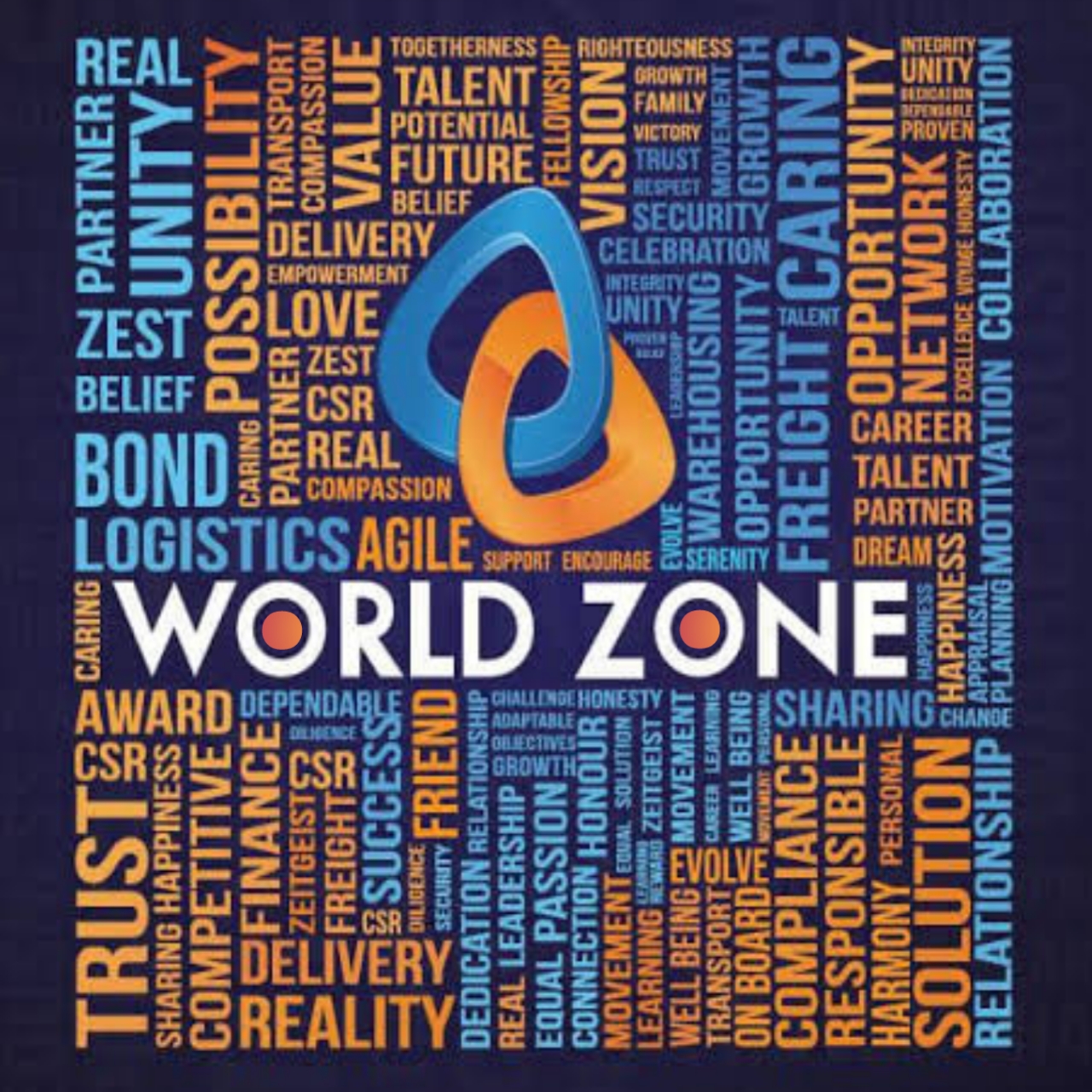World Zone
Climate and geography divide human populations
For a short duration, from about 10,000 years in the past to approximately 500 years ago, the growing seas on the give up of the final ice age divided the arena into four non-related geographic zones. Isolated from each other, 4 organizations of human beings developed remarkable lifeways and performed their private experiments in human lifestyle.
What are global zones?
In his ebook Maps of Time, David Christian describes the department of the sector into four global zones, which enables him analyze and give an explanation for human information. Many other historians have recognized the two biggest worldwide zones — Afro-Eurasia, which they regularly name the “Old World,” and the Americas, which they call the “New World.” But Christian was residing in Australia, and preferred searching at the entire world. These are the 4 international zones that he uses:
01 - Afro-Eurasia: Africa and the Eurasian landmass, which consist of offshore islands like Britain and Japan
02 - The Americas: North, Central, and South America, plus offshore islands much like the Caribbean Islands
03 - Australasia: Australia and the island of Papua New Guinea, plus neighboring islands within the Pacific Ocean
04 - The Pacific: Island societies consisting of New Zealand, Micronesia, Melanesia, Hawaii
(Antarctica is not considered a global sector because until very these days no people lived there.)
World's Sector
A worldwide sector is in reality a huge region of human interplay, linked geographically, culturally, economically, and every so often politically. It also can have a hundred thousand to hundreds of thousands of human beings dwelling in remarkable sorts of groups. Each of the four international zones functioned as a separate international, not in normal contact with extraordinary zones till Europeans sailed to the Americas late within the fifteenth century. The world today not has 4 separate global zones — our international is more and more international.
For most of human history, human beings existed first-class in Afro-Eurasia. Homo sapiens migrated to Australasia approximately 60,000–50,000 BCE and to the Americas approximately 20,000–15,000 BCE. Human interaction persisted among those three areas till the melting at the end of the Ice Age brought on sea ranges to upward push sufficiently to drown the land bridge amongst Asia and the Americas. There in no way turned into a land bridge amongAustralasia and Afro-Eurasia; a huge sea passage continually existed, it's why the advent of human beings in Australasia seems such an fulfillment. But the passage among Afro-Eurasia and Australasia have become wider, and more difficult to skip, after the seas rose.
The rising of the seas occurred someday after people got to the Americas, growing three separate worldwide zones. The fourth global sector, the Pacific Islands, did no longer emerge till humans have grow to be skilled enough at sailing to obtain these islands — in the future in the beyond four,000 years. Hence three of the 4 global zones operated from about 10,000 BCE to about 1500 CE, at the identical time as the fourth functioned only from approximately 2000 BCE to 1500 CE. After 1500 CE, significant tour by means of the use of sea linked all of the zones and established the primary international alternate network.
What the 4 global zones display
The growing seas lessen off the 4 agencies of people from every extraordinary prolonged sufficient for them to expand special experiments in lifestyle and civilization, however no longer see you later that they might develop into separate species. How remarkable is that?
Comparing human societies is a chunk like figuring out whether or not a glass is half of of complete or half of of empty. You can be aware how special human societies are from each distinctive, or you may exclaim how comparable they're to each other. World history and anthropology courses commonly consciousness at the variations in human societies within the four international zones. Big information publications reputation as an opportunity on the similarities of various human societies, notwithstanding the reality that they were genuinely separated from every distinct for pretty an extended period.
Agrarian civilizations emerged most effective in the biggest global zones for extremely precise reasons. A closer have a look at the 4 zones demonstrates that some zones had more blessings than others. Afro-Eurasia modified into loads larger, with better plant life for food and animals better right for transportation, that civilization emerged there numerous thousand years in advance than within the Americas. This gave peoples from Afro-Eurasia a decisive facet once they arrived inside the Americas and discovered civilizations similar to theirs in shape, but earlier in their development.
The smaller world zones were so much smaller in their habitable land mass, to be had assets, andpopulation that they did no longer achieve the density of people required for civilization in the time allowed. On the bigger Pacific islands, like Hawaii and New Zealand’s North Island, agriculture emerged, and something very close to states. Would the ones societies have emerge as states/civilizations in the event that they had not been interrupted via way of conquest from the bigger zones? We can never understand.
In maximum areas of the Australasian worldwide quarter people remained foragers until the arrival of the Europeans. Agriculture did emerge within the highlands of Papua New Guinea, however their root flora couldn't be stored in huge quantities and villages were now not effortlessly linked. Hence, political structures past village life did not emerge. On the Australian mainland, extensive agriculture in no manner advanced. Soil have become poor and, by means of risk, the to be had species of flora were now not clean to cultivate. Still, archaeological net websites display that the populace turn out to be growing inside the millennia earlier than Europeans arrived.
When you evaluate the four zones, it’s smooth to see the advantages that humans dwelling in Afro-Eurasia had over the other areas.

.jpeg)
.jpeg)
.png)
.jpeg)
.png)